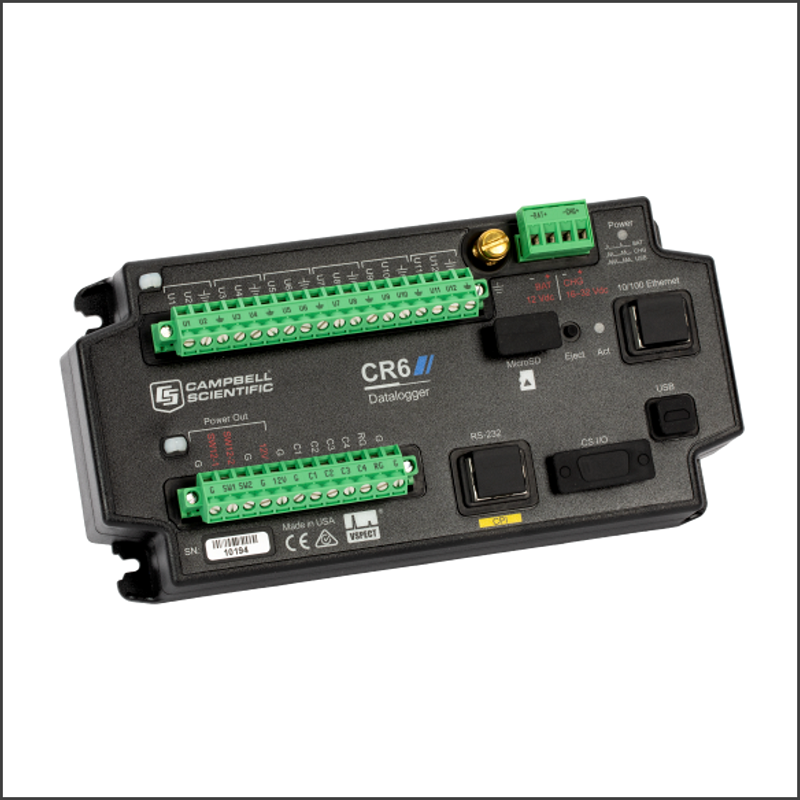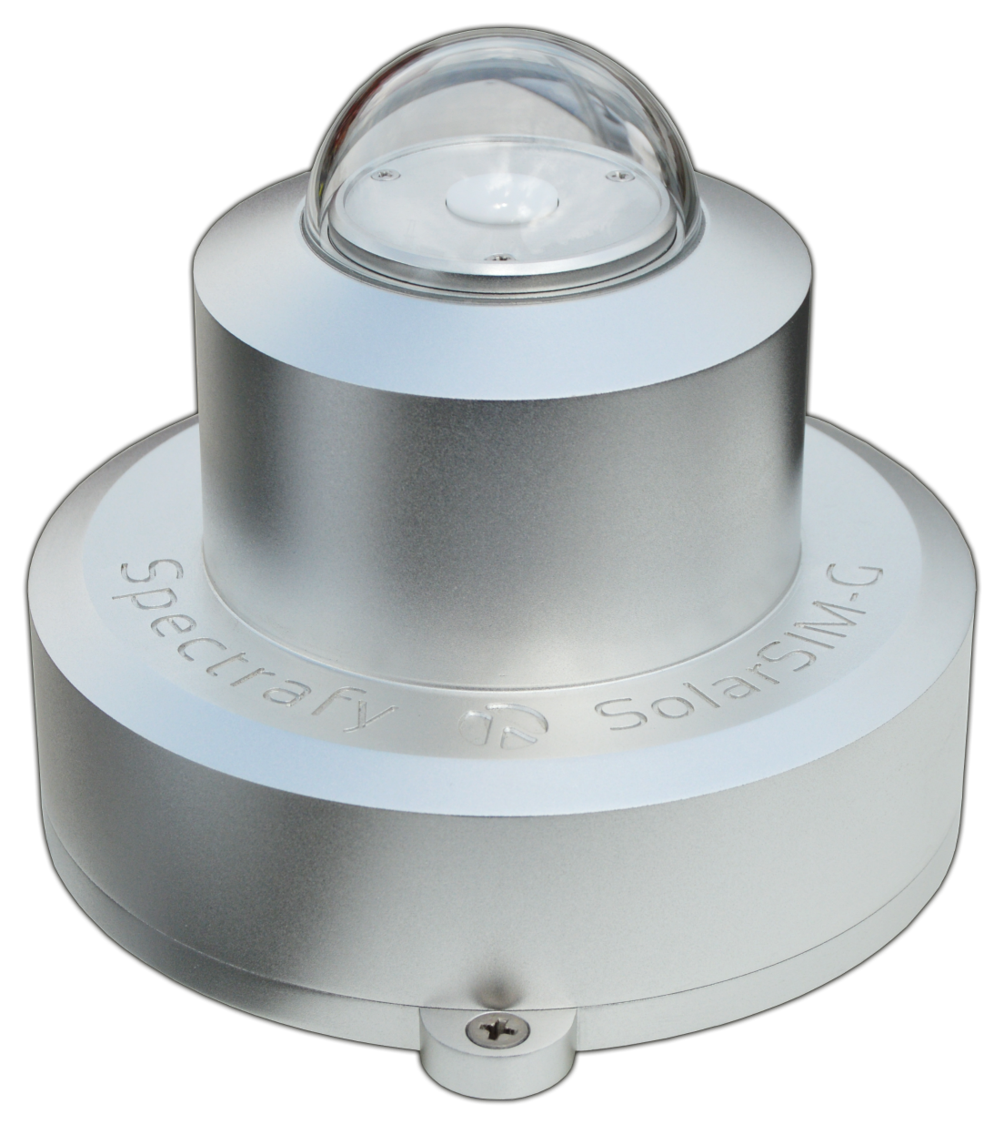
spectral irradiance sensor
SolarSIM-G
The SolarSIM-G sets a new standard is solar spectral measurement.
The first, and only, sensor capable of resolving full-range solar spectra and broadband irradiance, the SolarSIM-G employs Spectrafy’s patented SolarSIM multi-spectral measurement technology to bring routine solar spectral measurement to any application where the highest quality of irradiance data is desired.
| Measurands: | Global solar spectral irradiance (280 to 1200/4000nm), Global solar irradiance (GHI and/or GTI), PAR, UV-T/A/B/E, PV spectral correction factors. |
| Technology: | Software-augmented multi-filter radiometer. |
| Highlights: | Full range spectra and broadband irradiance in one. Makes spectral measurement reliable, routine and affordable. |
| ISO9060:2018: | Class A, spectrally flat for sunlight, fast-response optional. |
A unique approach yields a new standard in solar measurement.
For applications where measurement of the global solar spectrum is a must, the SolarSIM-G sets a new standard for accuracy, affordability and ease of use.
The SolarSIM-G uses filtered photodiodes to make precise, multi-spectral measurements of the solar spectrum in several narrow wavelength bands. These measurements then inform the SolarSIM-G’s software to resolve the complete global solar spectrum and total global irradiance, under all sky conditions.
This innovative approach makes the SolarSIM-G the first, and only sensor capable of resolving global spectral solar irradiance over the full 280-4000nm range, from which various other irradiance components such as GHI, UV-T and PAR can also be obtained.
Applications for the SolarSIM-G include solar R&D, solar resource assessment, PV panel development and certification, PV plant operations, UV measurement networks, agricultural monitoring, material testing and even multi- and hyper-spectral imaging.
The SolarSIM-G can generate up to 20 high-quality data streams. Choose what you need:
| Global horizontal (or tilted) irradiance | ISO9060:2018 Class A measurements of global irradiance (horizontal or tilted), under all sky conditions, covering the complete 280-4000nm solar spectral range. |
| Global horizontal (or tilted) spectral irradiance | Solar spectral irradiance (horizontal or tilted), under all sky conditions, over the complete solar spectral range of 280 – 4000nm, with 1nm resolution. |
| Spectral correction factors for PV | Automated calculation of spectral correction factors for up to nine embedded or user-defined solar panels. |
| Ultra-violet irradiance | UV-A, UV-B, UV-T, UV-E and UV index. |
| Photosynthetically active radiation | Total irradiance within the 400-700nm wavelength range. |
| Meteorological parameters | Ambient temperature, relative humidity and atmospheric pressure. |
The SolarSIM-G comes with powerful software to process and visualize your data.
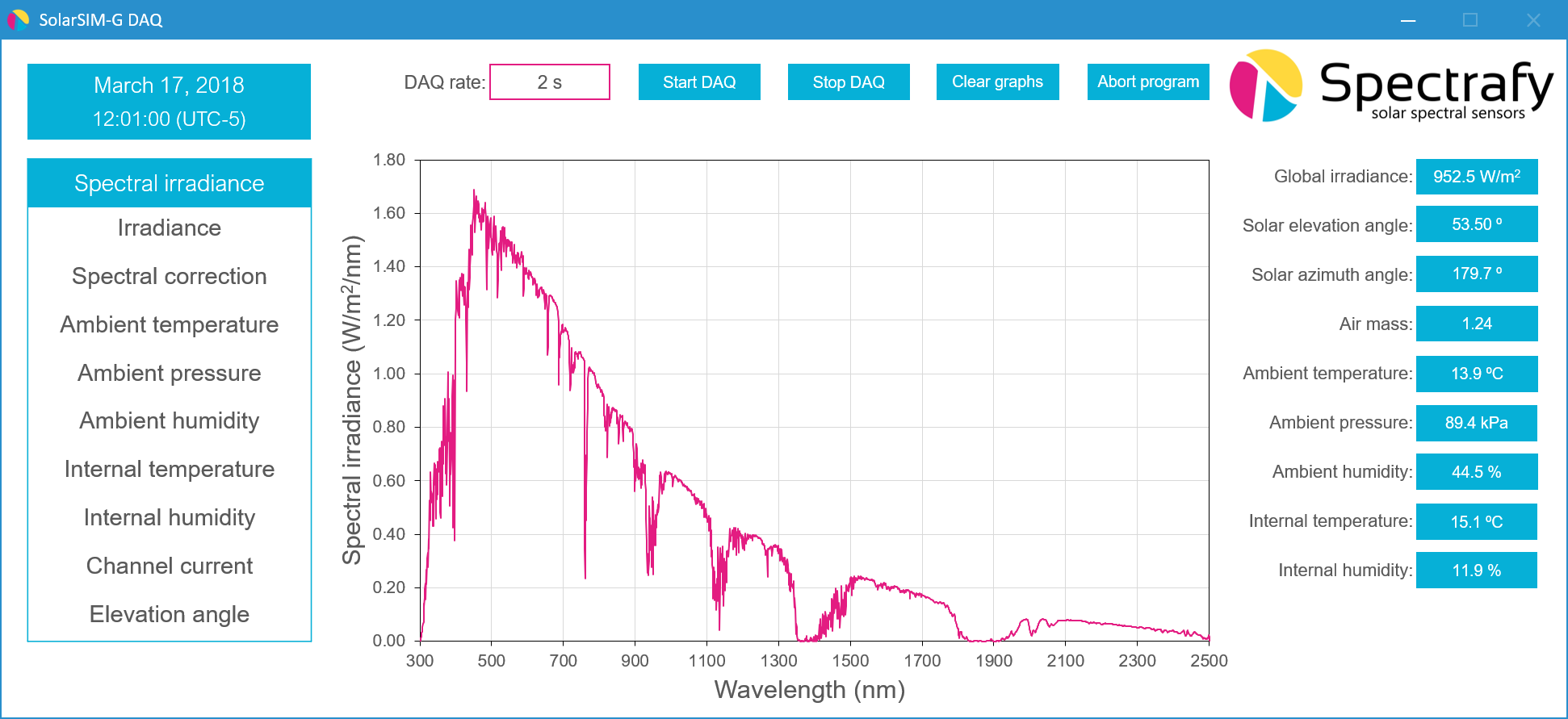
Multiple options for maximum ease.
Datalogger
With RS-485 ASCII digital output, the SolarSIM-G can connect to any RS-485 capable datalogger. Sample datalogger code is available upon request.
Combox
Get your SolarSIM-G working straight out of the box with our custom power/comms converter. The Combox allows you to connect to and power a SolarSIM-G directly through a laptop or PC.
Serial over ethernet
The SolarSIM-G can be connected to a networked PC/server via a suitable SoE device. Hardware recommendations are available upon request.
Broadband Irradiance
| Spectral range | 280 – 4000 nm |
| Custom range selection | Yes |
| Maximum Irradiance | 2000 W/m2 |
| Response Time (95%) | 0. 7s (0.4s optional) |
| Zero offset A | n/a |
| Zero offset B | n/a |
| Non-stability (change per year) | 0.2% |
| Non-linearity | 0.3% |
| Spectral error | 0.5% |
| Temperature response | 0.1% (on-board temp. correction) |
| Directional/cosine response | 10 W/m2 |
| Tilt response | n/a |
| Calibration uncertainty | 1.1% |
| ISO 9060:2018 classification | Class A |
| ISO 9060:2018 sub-category: “Spectrally flat” | Compliant for sunlight |
| ISO 9060:2018 sub-category: “Fast response” | Optional |
Spectral Irradiance
| Spectral range | 280-1200 nm, 280-4000 nm |
| Spectral resolution (FWHM) | 1 nm |
| Wavelength Accuracy | ± 0.1nm |
| Spectral measurement uncertainty | < 5% per wavelength |
| Exposure time | < 1ms |
| Max acquisition rate | 0.5 Hz |
| Temperature dependency | < 0.1% (on-board temp. correction) |
General
| Weight | 1.2 kg |
| Dimensions | 132 x 132 x 110 mm |
| Power consumption | < 1W |
| Communication | RS-485 ASCII, Direct to PC, serial over ethernet, datalogger |
| Operating temperature range | -30 to 65 °C |
| Humidity Range | 0 to 100% RH |
The go-to solution for a wide range of applications.
| Solar R&D | The SolarSIM-G is the premiere research instrument for solar resource analysis, used by academics, national laboratories and R&D groups around the world to provide accurate, reliable and state-of-the art data. |
| Meteorological networks | The SolarSIM-G’s unrivalled measurement capabilities and ease of integration make it a must-have for new or upgraded networks. |
| Solar resource assessment | Reduce the uncertainty in your PV performance predictions. Accurately quantify the spectral performance boost at your site for any solar panel technology. |
| Solar power plant O&M | Achieve greater clarity in your O&M metrics by eliminating ‘spectral noise’ in real time. |
| Bifacial PV | Accurately quantify the rearside solar resource potential for bifacial PV. |
| Spectral hedging | Build value in your PV plant by banking the spectral datasets needed for accurate repowering assessments in the future. |
| UAVs and drones | Compact, lightweight, low power measurement of solar spectral irradiance for multi-spectral imaging systems. |
| Autonomous vehicles | Realtime, measurement of inbound solar spectral irradiance for optimization of vehicle components and touchscreens. |
How does the SolarSIM-G work?
The SolarSIM-G is a software augmented multi-filter radiometer. It uses filtered photodiodes to make precise, multi-spectral measurements of the solar spectrum in several narrow wavelength bands. These measurements then inform the SolarSIM-G’s software to accurately resolve the complete global solar spectrum and total global irradiance, under all sky conditions.
Why would I choose a SolarSIM-G over a spectroradiometer?
The SolarSIM-G offers a number of benefits over traditional field spectroradiometers for the measurement of solar spectral irradiance. These include greater accuracy, higher spectral resolution, broader wavelength range, greater thermal stability, better reliability, better cosine response, lower power consumption as well as lower capital and maintenance costs.
What is the difference between the SolarSIM-G and the SolarSIM-D2?
The SolarSIM-G is designed to measure global solar irradiance while the SolarSIM-D2 is designed to measured direct solar irradiance.
What does the SolarSIM-G software do?
The core of the SolarSIM-G software is a proprietary radiative transfer model that uses the SolarSIM-G's multi-spectral measurements of sunlight, along with its measurements of ambient temperature, pressure and humidity to reconstruct the global solar spectral irradiance over the 280-4000nm range. It is available as a GUI and as a command-line executable.
Why would I choose a SolarSIM-G over a traditional thermopile pyranometer?
You wouldn't! You would choose our SolarSIM-GPV spectral pyranometer, which is the only Class A pyranometer capable measuring both broadband global solar irradiance and PV spectral correction factors in a single compact sensor.
Does Spectrafy sell complete measurement systems
Yes, we can provide you with a complete turn-key system so you can hit the ground running with your SolarSIM-G measurements.
How do I connect a SolarSIM-G to my datalogger?
The SolarSIM-G communicates via RS-485 ASCII. As such it can connect to any datalogger that accepts RS-485 or RS-232 inputs. Sections 4 and 6 of the SolarSIM-G User Manual provides details regarding data logger integration, as do our data logger app notes found in the SolarSIM-G download section.
How is the SolarSIM-G calibrated?
All SolarSIM-G production units undergo electrical, thermal and optical calibration. The optical calibration is performed on-sun against our reference SolarSIM-G sensors The reference sensors are calibrated for absolute irradiance at NREL in Golden Colorado and are traceable to NIST Spectral Irradiance Standard Model FEL lamps.
How often should I get my SolarSIM-G recalibrated?
We recommend recalibration every two years in order to ensure the highest measurement accuracy. Recalibration is performed on-sun, at Spectrafy HQ in Ottawa, Canada. Please contact us prior to shipping your unit in order to ensure the swiftest calibration process possible.
How does the process of upgrading my SolarSIM-G to add additional measurement functions work?
The SolarSIM-G can be purchased with any or all of its measurement capabilities activated. Additional measurement options can be added at any point in the future via a simple software upgrade. At the same time, users can also choose to have their historical data reprocessed, to include the new measurand(s) from inception.
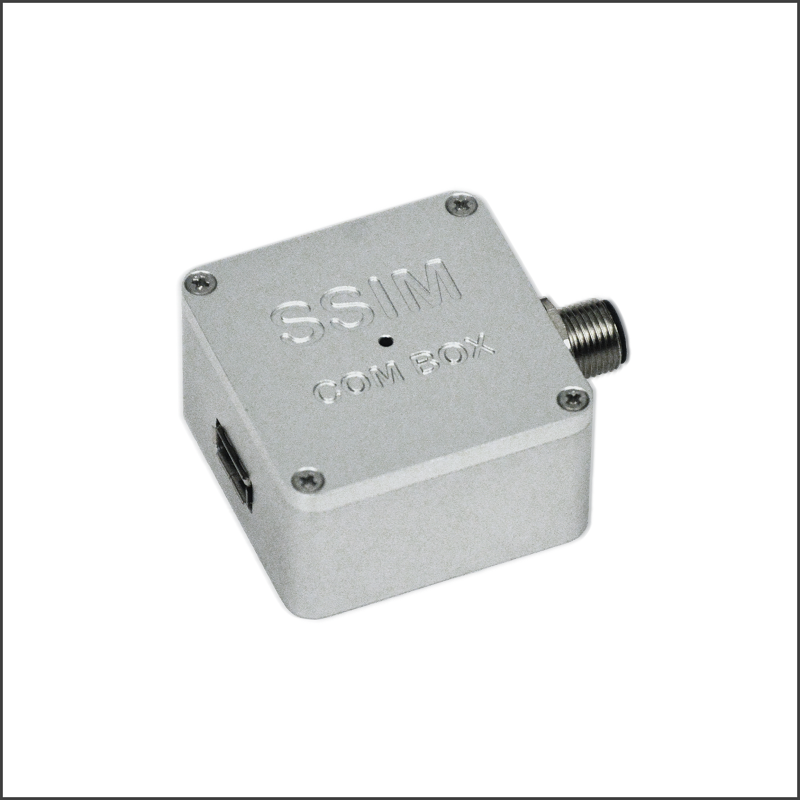
Combox
The Combox is a power and comms converter that allows the user to connect to and power their SolarSIM and SolarBand-C3 sensors directly through a PC or laptop.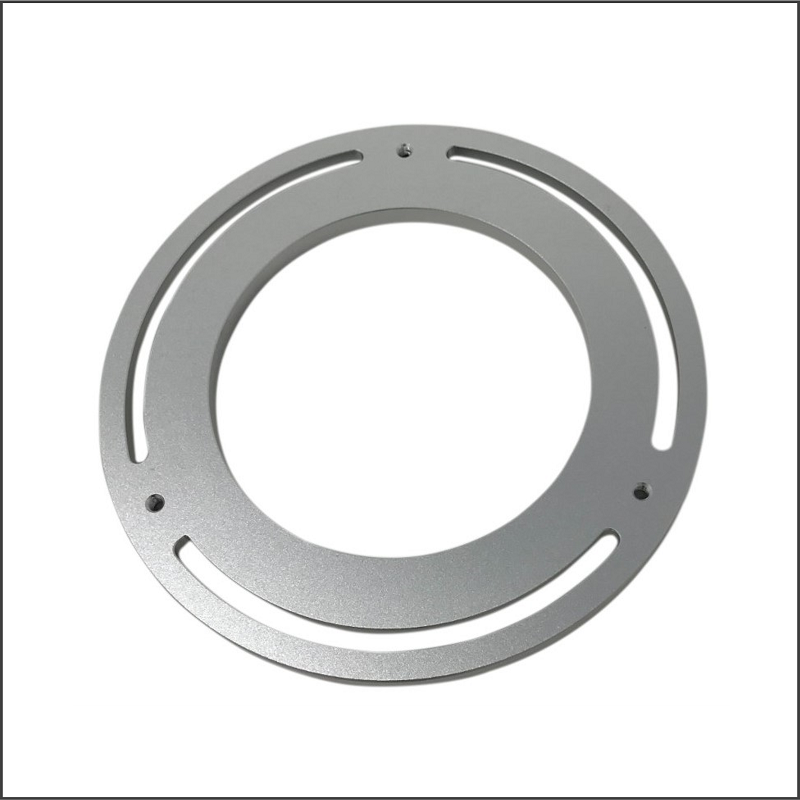
MP-G Mounting Plate
We offer a range of standard, anodized aluminum mounting plates suitable for mounting the SolarSIM-G, SolarSIM-GPV, SolarSIM-GUV and SolarBand-C3. Custom options are also available.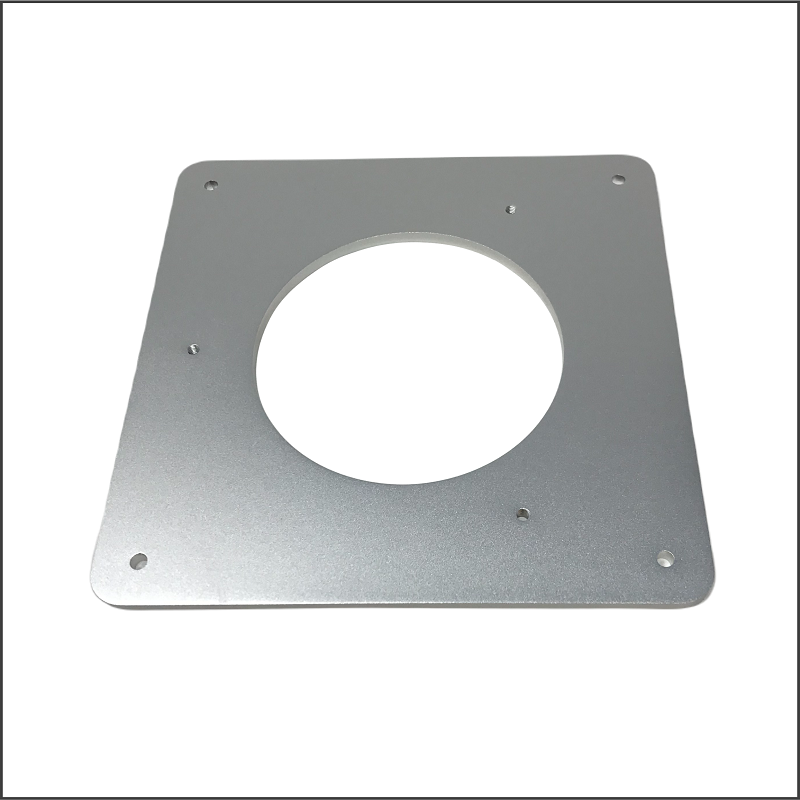
MP-D2 Mounting Plate
We offer a range of standard, anodized aluminum mounting plates suitable for mounting the SolarSIM-D2 to various solar trackers. Also compatible with the SolarSIM-G, SolarSIM-GPV, SolarSIM-GUV and SolarBand-C3. Custom options are also available.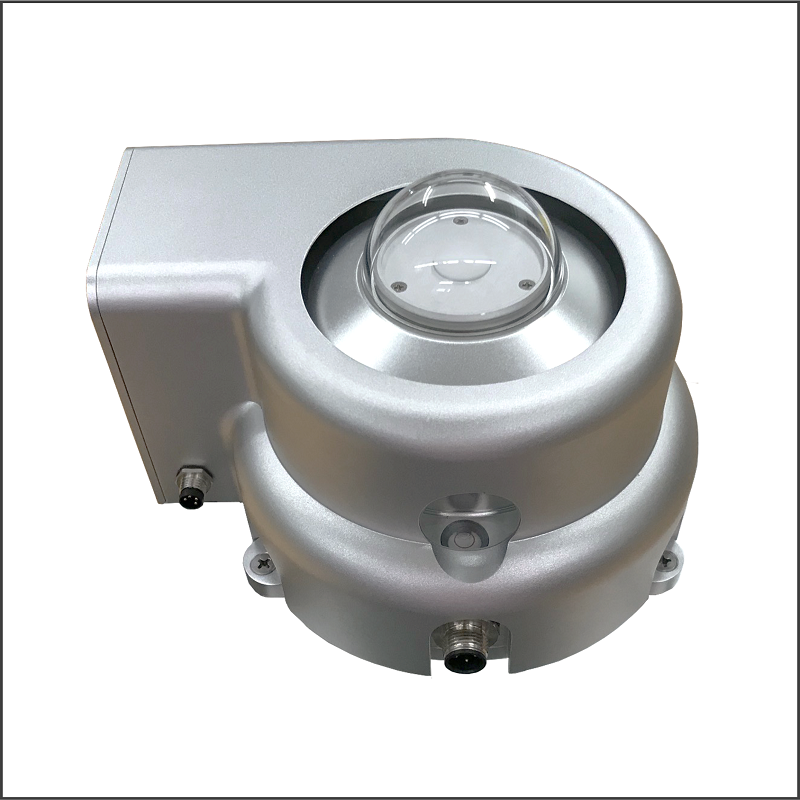
GV-1 Ventilator
The GV-1 ventilator maximizes the reliability and accuracy of SolarSIM-G, SolarSIM-GPV, SolarSIM-GUV, SolarSIM-3C and SolarSIM-ALB measurements while minimizing maintenance, by reducing the effects of dust, raindrops and dew.
SolarSIM-E Automated shadowband
The SolarSIM-E leverages the SolarSIM-G to enable accurate and affordable measurements of full range spectra and broadband irradiance for all three irradiance components (global, diffuse and direct). Also compatible with the SolarSIM-GUV.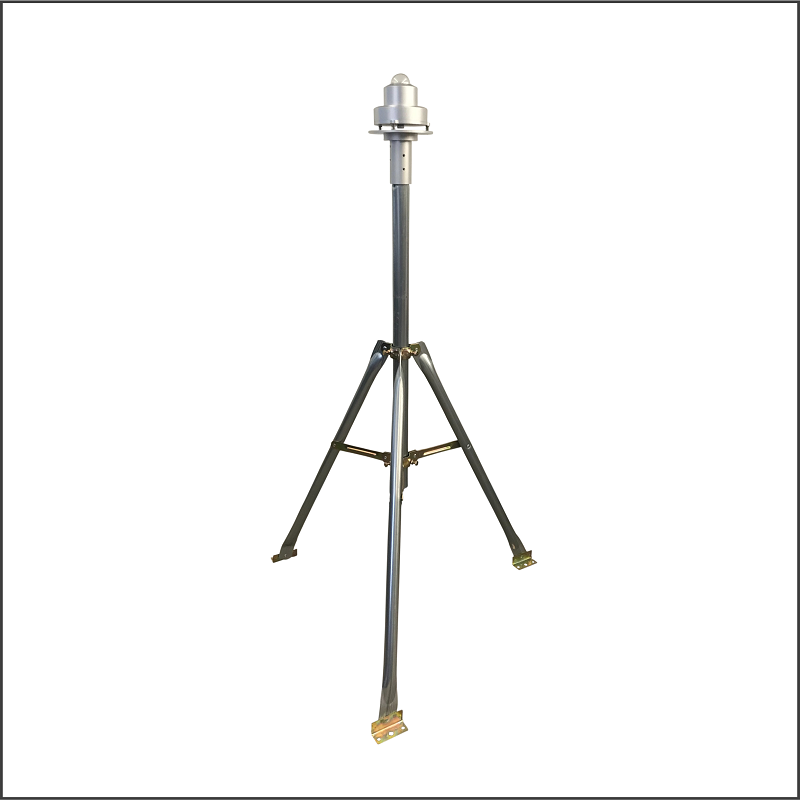
TMP-G Tripod Mounting Platform
Our tripod mounting platform with integrated mounting plate, provides a rugged, easily installed solution for deploying your SolarSIM-G, SolarSIM-GPV, SolarSIM-GUV and SolarBand-C3 sensor in the field.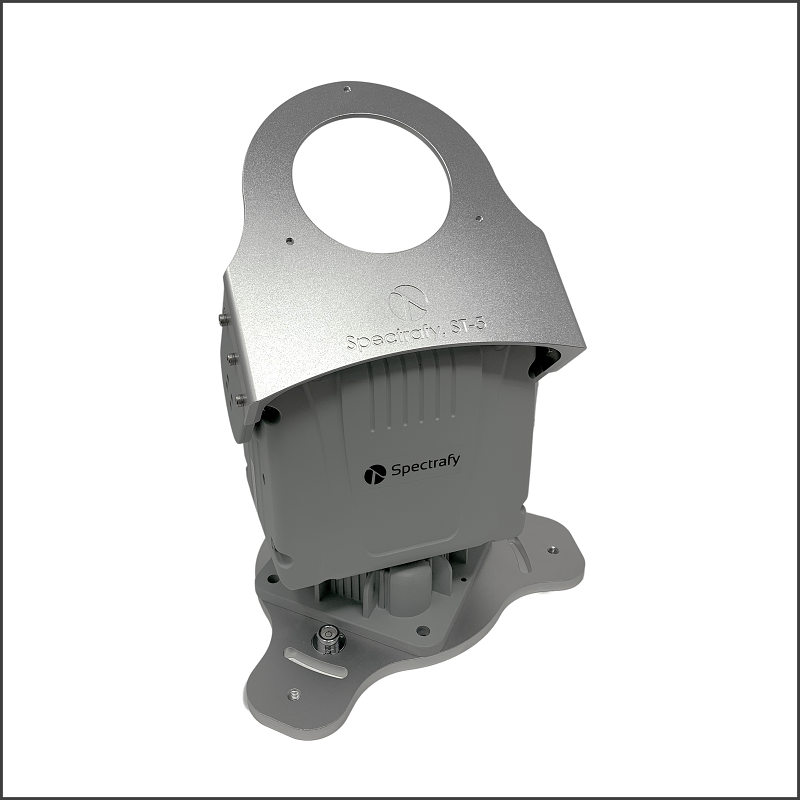
ST-5 Sun Tracker
The optimum combination of performance, reliability and cost. Combine with the SolarSIM-D2. Combine with the SolarSIM-G, SolarSIM-GPV or SolarSIM-GUV for direct global or single-axis tracked plane-of-array irradiance measurements.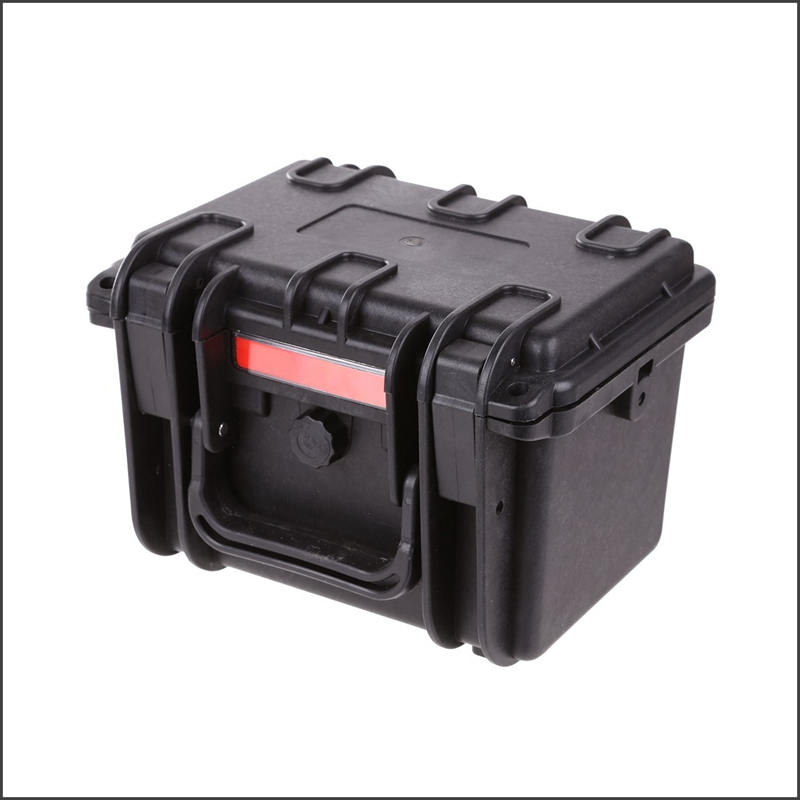
CC-G Carry Case
Hard plastic, waterproof, shockproof and dust proof carry case with custom foam cut outs to keep your SolarSIM-G/GPV/GUV safe and snug.